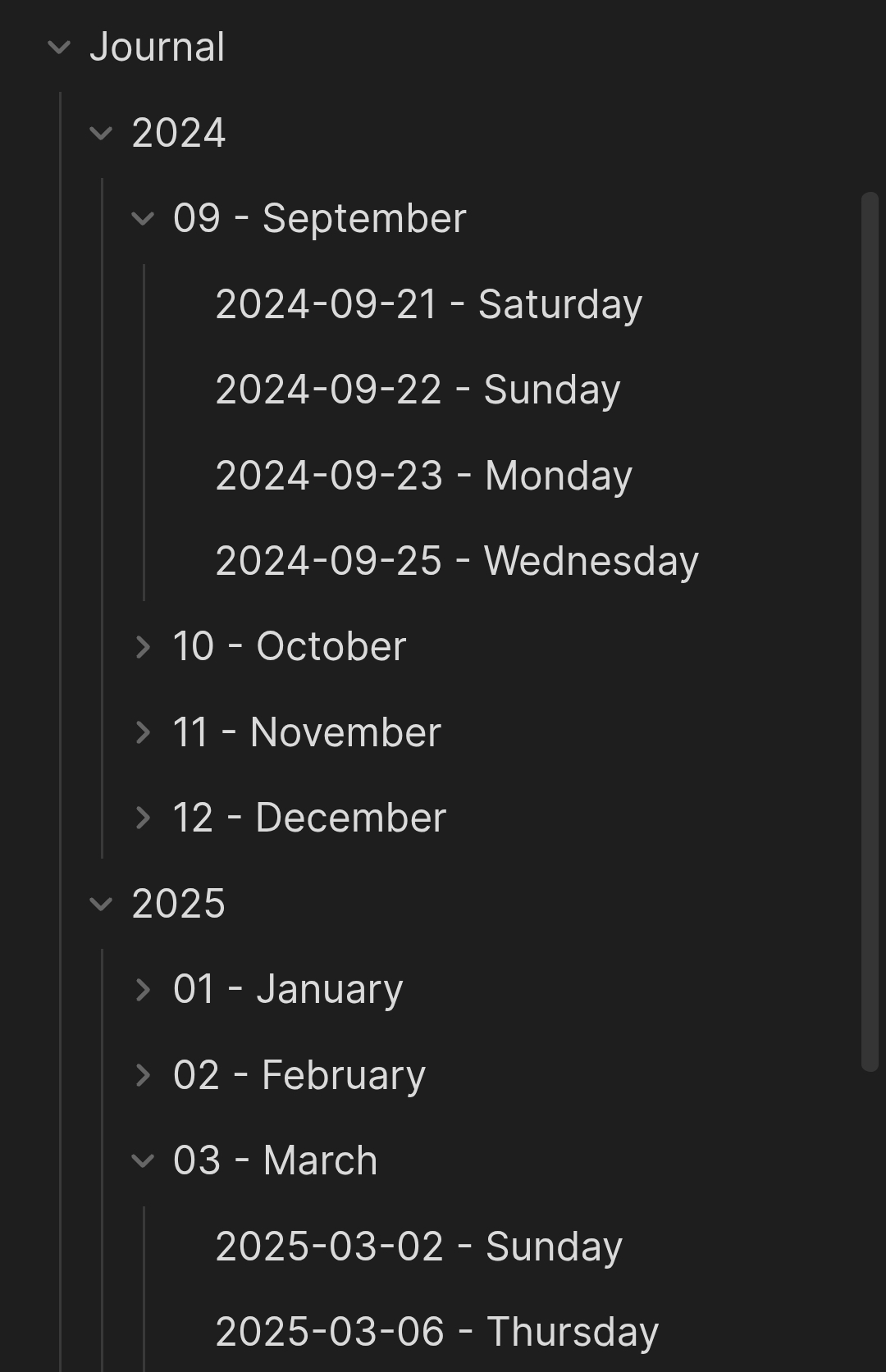

It has a dedicated eclipse drawing tool.


It has a dedicated eclipse drawing tool.


The PCs at my college has only 4GB of RAM with Windows 10. I hate having to use them cause they are so slow.
AA? If you mean your friend then I’m not them.
What I’ve learned playing rhythm games is that taking breaks is important. When I hit a wall, I just take a break from that game and come back to it later.
What have you been playing?!
I’m playing through Celeste again. I only finished the main story when I played it before. I intend to finish chapter 8 and go through as much of the B/C sides as I can this time.
I’ve also been playing Stardew Valley and another game called vivid/stasis. I really like the story in vivid/stasis so far because it’s Sci-Fi, one of my favorite genres. There are some things that I don’t enjoy about the game, like the puzzles and the boss songs having health bars (the songs are just too difficult for the current me to beat with a health bar). Thankfully I can just skip the puzzles with a guide and the boss songs using the autoplay accessibility option.


A lot of banking apps do work on grapheneos.
https://privsec.dev/posts/android/banking-applications-compatibility-with-grapheneos/


Containers within a pod can use localhost to access each other. Containers outside of the pod needs to use the pod name to access the containers in the pod.


I looked up when pasta became the default networking backend for rootless and it seems to have been with podman 5.0. I do remember using podman 5.x versions, so I was most likely using pasta.
The reason why I seperated each app into their own network was indeed for security. The only container with access to all the networks is the reverse proxy.


I made a comment on another post a while ago, talking a bit about inter-container/pod networking.


Do you actually need to move the admin ui off of port 80/443 if you are just forwarding ports? I don’t think you need to. That said I actually don’t know much about port forwarding since I use Tailscale because of CGNAT.
My understanding of port forwarding is that you are forwarding connections to your WAN IP/port to a LAN IP/port. Since the router admin ui is available only on LAN by default, you don’t need to change it’s port from 80/443.


You don’t need 2 reverse proxies as others have said. What I did is just add a DNS rewrite entry in my adguardhome instance to point my domain.tld to the LAN IP of my reverse proxy.


Yeah obsidian’s pretty nice. I use the daily notes feature built into it for my journal.



I ran a podman quadlet setup as a test some time ago. My setup was a little like this:
If you create a new network in podman you can access other containers and pods in the same network with their name like so container_name:port or pod_name:port. This functionality is disabled in the default network by default. This works at least in the newer versions last I tried, so I have no idea about older podman versions.
For auto-updates just add this in your .container file under [] section:
[Container]
AutoUpdate=registry
Now there’s two main ways you can choose to update:
podman-auto-update.timer to enable periodic updates similar to watchtowerpodman auto-update manually# Check for updates
podman auto-update --dry-run
# Update containers
podman auto-update
Yes, it’s not a part of systemd. By running
systemctl restart sshdyou are just restarting the sshd systemd service. Systemd service files for things like ssh and transmission come with their respective packages.You can see what I mean here. The
openssh-serverpackage for Ubuntu comes with thesshd.servicefile.